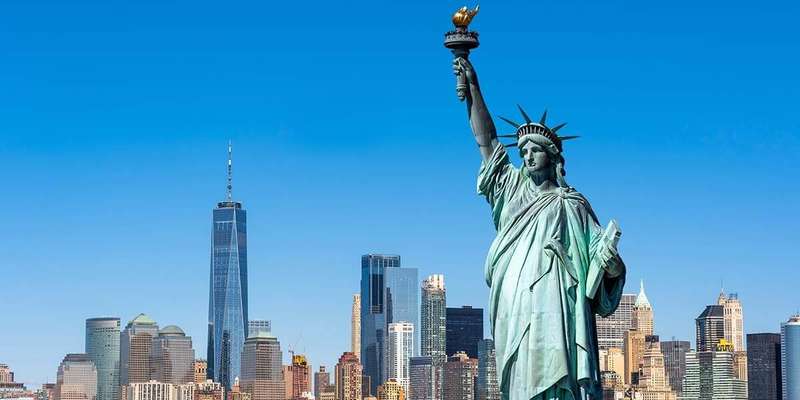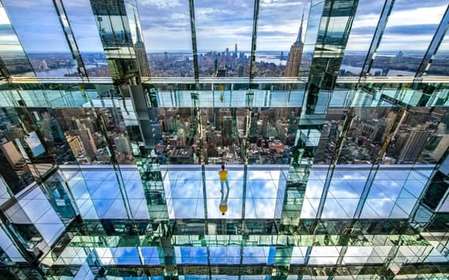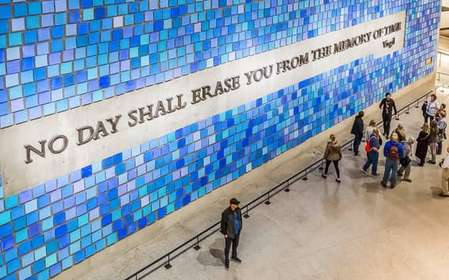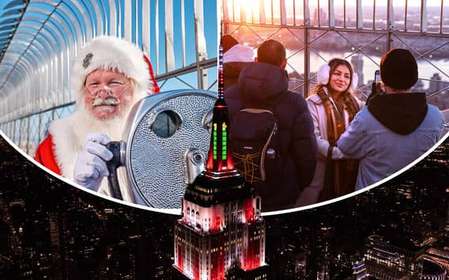- Home
- Useful Tips
- Visiting the New York Public...
Few travelers realize the New York Public Library houses over 46 million items, including Shakespeare's First Folio and Thomas Jefferson's handwritten Declaration of Independence draft. Yet most visitors leave disappointed, unaware that 90% of these treasures require special access procedures. The frustration builds when you see crowds snapping photos of the grand Rose Reading Room while your dream of examining medieval maps or Beat Generation manuscripts slips away. Unlike museums with clear ticketing systems, research libraries operate on opaque protocols that overwhelm casual visitors. This creates a heartbreaking scenario where literary pilgrims and history buffs stand mere feet from priceless artifacts, separated only by lack of insider knowledge about appointment systems, reader pass requirements, and collection policies.


Decoding the reader pass system for non-researchers
The NYPL's iconic lion-flanked building contains two separate worlds: the tourist-friendly circulating collections and the guarded rare book division. While anyone can enter the Schwarzman Building, accessing the Wertheim Study requires a reader pass that intimidates casual visitors. Here's the local secret: these passes aren't exclusive to academics. The library issues them to any visitor with legitimate interest, which includes most travelers willing to articulate specific collection interests. Arrive early with government-issued ID and a brief written description of what you hope to view. Staff appreciate when you reference specific collection codes from the online catalog. While walk-ins sometimes secure same-day access, weekday mornings between September and April offer the highest availability. Remember, this process exists to protect irreplaceable items, not to discourage enthusiasts.
Curator-approved strategies for first-time manuscript viewers
Seasoned researchers know that handling rare materials requires preparation most travelers overlook. The library's temperature-controlled rooms demand proper attire – bring a sweater regardless of season. Photography follows strict guidelines: pencil and paper often prove more reliable than smartphone snaps under low-light conditions. For optimal viewing, request materials at least 72 hours in advance through the online system, focusing on collection highlights like the Virginia Woolf diaries or original Winnie-the-Pooh sketches. First-time visitors should prioritize the rotating Treasures Exhibition, requiring no special pass, before diving into archival requests. Pro tip: the staff-assisted orientation tours (free but reservation-only) demystify handling procedures for delicate items, turning anxiety into confidence when you finally hold that 15th-century illuminated page.
Timing your visit like a rare book scholar
Academic calendars dictate the library's hidden rhythms. Summer months see fewer researchers but more tourist crowds, while January brings serious scholars and shorter wait times for coveted materials. Tuesday through Thursday mornings offer peak staff availability for assisting new visitors. Avoid holiday weekends when special collections operate limited hours. The secret sweet spot? Late afternoons in May or October, when graduate students have left but before summer interns arrive. For those targeting specific exhibits, note that the library often releases fragile items like the Gutenberg Bible or Jack Kerouac's scroll manuscript for limited viewing periods, usually coinciding with literary anniversaries. Checking the events calendar six weeks before your trip reveals these ephemeral opportunities most visitors miss.
Beyond the reading room: Unexpected literary encounters
While the Rose Main Reading Room dominates Instagram feeds, the library's true gems hide in less-photographed spaces. The Map Division allows same-day access to 16th-century atlases with proper ID. The Pforzheimer Collection of Shelley and His Circle welcomes walk-ins for its Byron first editions. Even without a reader pass, you can view rotating artifacts in the Gottesman Hall exhibition cases or attend free curator talks (schedule posted monthly). For a truly unique experience, visit the third-floor McGraw Rotunda where librarians periodically display recently acquired items – last month's highlight was a newly discovered Langston Hughes poem. These unofficial viewing opportunities reward flexible travelers who understand that library treasures aren't confined to formal research appointments.



